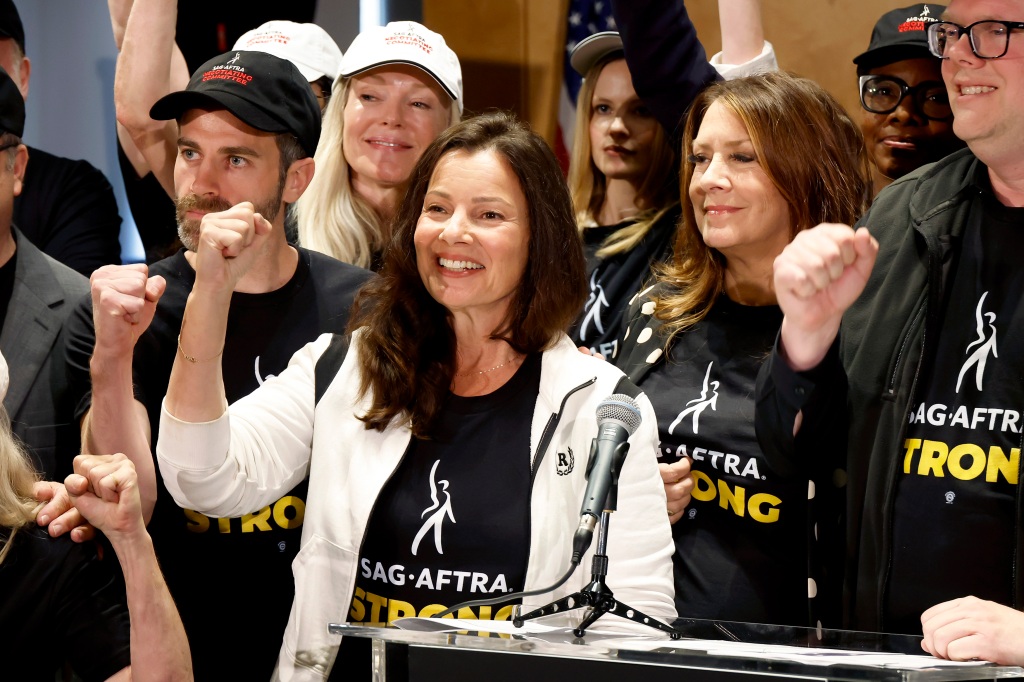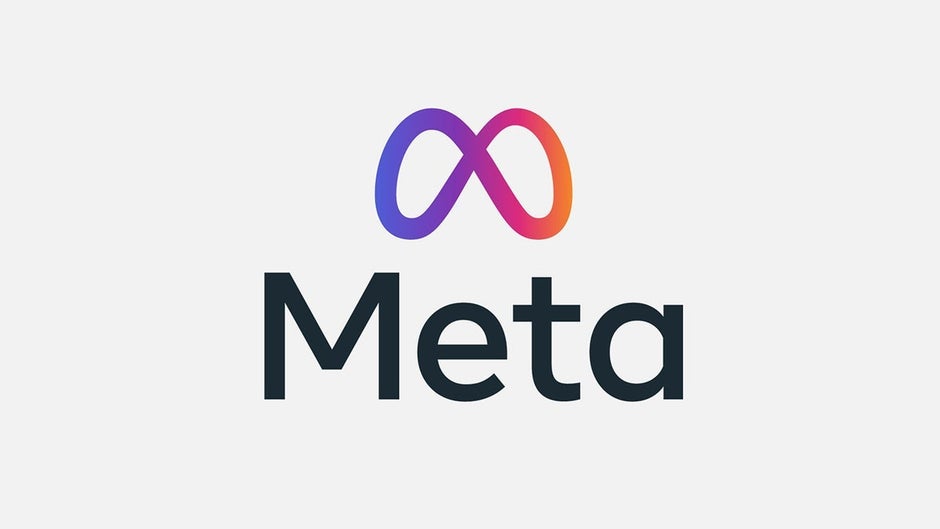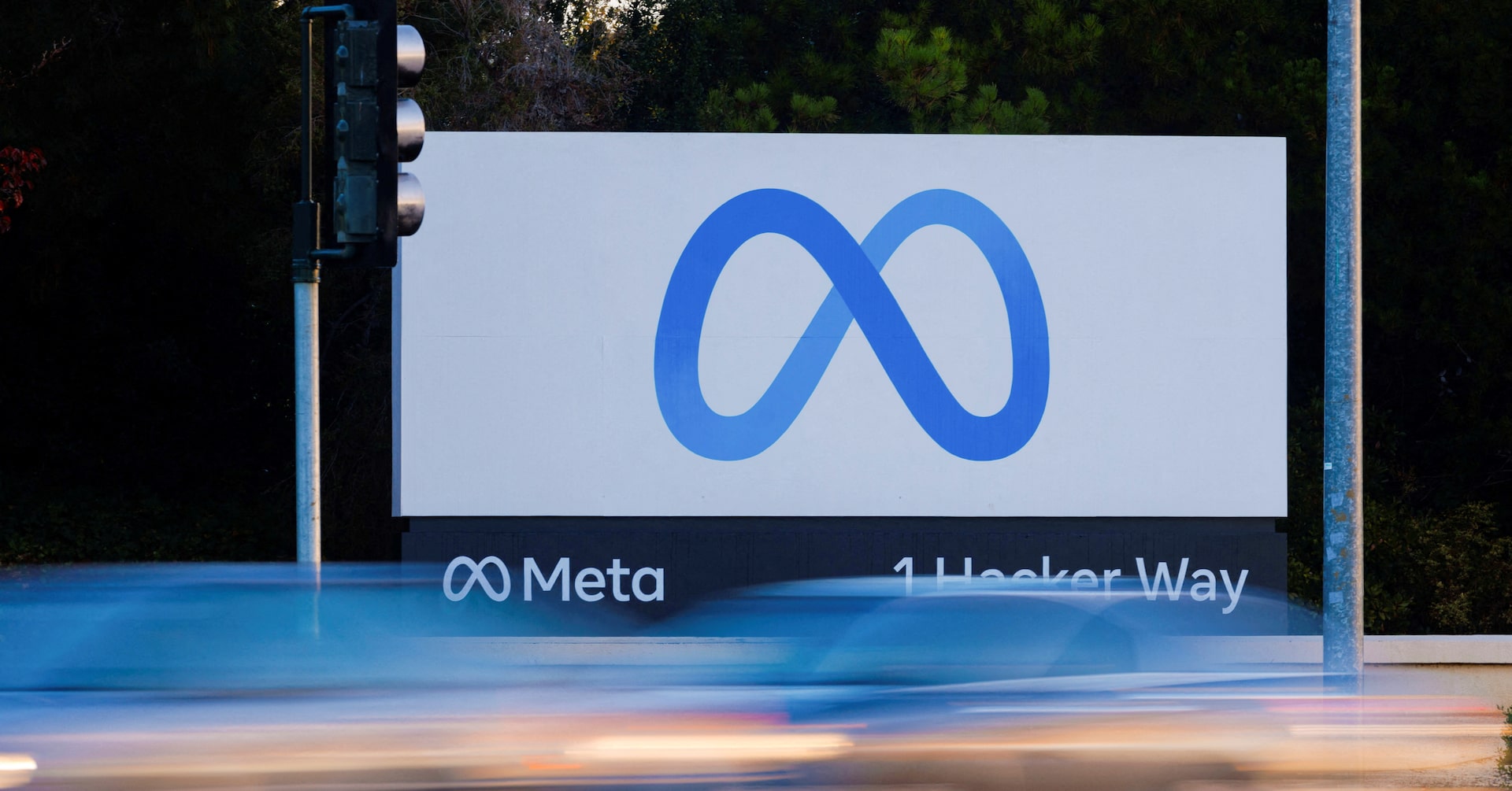SAG-AFTRA Strike: Hollywood Faces Complete Production Shutdown

Table of Contents
Key Demands Driving the SAG-AFTRA Strike
The SAG-AFTRA strike is fueled by a multitude of critical issues facing actors and media professionals in the modern entertainment landscape. These issues, long simmering beneath the surface, have finally boiled over into this significant work stoppage.
Fair Wages and Residuals in the Streaming Era
The shift from traditional television to streaming platforms has dramatically altered compensation models for actors. While streaming services boast massive global audiences, the payment structures often fail to reflect the increased viewership and revenue generated. This disparity has led to significant financial hardship for many performers, even those with established careers.
- Demand for Increased Minimum Pay: SAG-AFTRA is pushing for substantial increases in minimum pay to account for inflation and the rising cost of living.
- Fair Residuals for Streaming: Traditional residuals, payments received for re-runs and syndication, are significantly diminished or non-existent in the streaming model. SAG-AFTRA demands a fair and equitable system of residuals for streaming platforms.
- Profit Participation: The union is advocating for greater transparency and a fairer share of profits for actors, particularly in high-performing projects.
Statistics reveal a stark contrast between earnings in traditional television versus streaming. Studies show a significant decrease in average actor compensation per project in the streaming era, impacting even A-list actors who struggle to maintain a consistent income stream. For example, even highly successful actors find themselves needing multiple gigs to make ends meet compared to their counterparts in previous decades.
Addressing AI and its Impact on the Acting Profession
The rise of artificial intelligence (AI) poses a significant threat to the livelihoods of actors. SAG-AFTRA is deeply concerned about the potential for AI to replace actors, exploit their likenesses, and devalue their work.
- Restrictions on AI Use: The union demands strict regulations on the use of AI to create digital replicas of actors without their consent or compensation.
- Compensation for AI-Generated Performances: SAG-AFTRA seeks compensation when an actor's likeness or performance is used to create AI-generated content.
- Safeguards Against Exploitation: The union is fighting to ensure that AI technologies do not erode the value of human performance and lead to the exploitation of actors.
The use of AI to generate realistic deepfakes and other digital performances raises significant ethical concerns. The potential for misrepresentation, unauthorized use of likeness, and the devaluation of actors' work are critical issues demanding immediate attention and legislative action.
Improved Working Conditions and Safety Measures
Beyond financial concerns, SAG-AFTRA is addressing critical issues relating to actors' safety and well-being on set.
- Reasonable Working Hours: The union advocates for limitations on excessively long working hours and adequate rest periods to prevent burnout and ensure actor safety.
- Improved Safety Protocols: SAG-AFTRA demands stricter safety protocols and better enforcement to minimize risks on film and television sets.
- Addressing Harassment and Discrimination: The union seeks to strengthen measures against harassment and discrimination in the workplace.
The Economic Impact of the SAG-AFTRA Strike on Hollywood and Beyond
The SAG-AFTRA strike has sent shockwaves through the entertainment industry and beyond, resulting in widespread economic repercussions.
Production Shutdowns and Job Losses
The strike has brought nearly all major film and television production in Hollywood to a complete standstill. Thousands of productions are on hold, leading to significant job losses across various sectors.
- Production Halts: Estimates indicate thousands of productions have been affected, ranging from major studio films to smaller independent projects.
- Job Losses: The impact extends beyond actors to encompass numerous crew members, including camera operators, grips, gaffers, sound technicians, editors, and countless others. Caterers, transportation services, and other support businesses are also significantly affected.
- Financial Losses: Studios and production companies are facing substantial financial losses due to delayed releases, production shutdowns, and marketing disruptions.
The economic ripple effect extends far beyond Hollywood. Local economies that rely heavily on film production are experiencing a significant downturn.
Impact on Local Economies and Tourism
Cities like Los Angeles and New York, heavily reliant on the film industry, are experiencing a significant economic downturn due to the strike.
- Decreased Tourism: Film-related tourism, including studio tours and related activities, has declined dramatically.
- Business Closures: Local businesses that depend on the film industry's spending, such as restaurants, hotels, and transportation services, are facing financial hardship.
- Loss of Tax Revenue: The economic slowdown translates into significant losses in tax revenue for local and state governments.
Potential Outcomes and Resolutions for the SAG-AFTRA Strike
The resolution of the SAG-AFTRA strike remains uncertain, but several potential outcomes and compromises are being discussed.
Negotiation Strategies and Potential Compromises
Both SAG-AFTRA and the AMPTP (Alliance of Motion Picture and Television Producers) are employing various negotiation strategies.
- Mediation: The involvement of mediators could facilitate communication and help find common ground.
- Public Pressure: Public support and media coverage play a significant role in influencing negotiations.
- Compromises on Key Issues: Potential compromises might involve phased implementation of demands, or adjustments to specific proposals.
Long-term Implications for the Entertainment Industry
The SAG-AFTRA strike has long-term implications for the entertainment industry, potentially reshaping the production landscape and compensation structures.
- Changes in Production Models: The industry may need to adapt to new production models that better address the concerns of actors and other workers.
- Restructured Compensation: The strike could pave the way for more equitable compensation structures that account for the changes in the media landscape.
- Increased Unionization: The strike might inspire increased unionization efforts within the entertainment industry to provide greater worker protections.
Conclusion
The SAG-AFTRA strike represents a pivotal moment for the entertainment industry. The demands for fair wages, protection against AI, and improved working conditions are crucial for the long-term health and sustainability of the profession. The economic consequences are already being felt, and the outcome of this strike will significantly impact the future of film and television production. Staying informed about the SAG-AFTRA strike is vital to understanding its profound implications for Hollywood and beyond. Keep checking back for updates on the ongoing SAG-AFTRA strike and its developments.

Featured Posts
-
 Did Sylvester Stallone Regret Passing On The 1978 Oscar Winner Coming Home
May 11, 2025
Did Sylvester Stallone Regret Passing On The 1978 Oscar Winner Coming Home
May 11, 2025 -
 Can Uruguay Strike Black Gold Offshore Oil Explorations Potential
May 11, 2025
Can Uruguay Strike Black Gold Offshore Oil Explorations Potential
May 11, 2025 -
 El Ex Primer Ministro Britanico Boris Johnson Sufre Ataque De Avestruz En Texas
May 11, 2025
El Ex Primer Ministro Britanico Boris Johnson Sufre Ataque De Avestruz En Texas
May 11, 2025 -
 Cati Bani A Castigat Sylvester Stallone Din Rocky
May 11, 2025
Cati Bani A Castigat Sylvester Stallone Din Rocky
May 11, 2025 -
 Nine Faces One Destiny The Vaticans Search For Pope Francis Successor
May 11, 2025
Nine Faces One Destiny The Vaticans Search For Pope Francis Successor
May 11, 2025
Latest Posts
-
 Indigenous Scientists Protecting Data And Cultural Knowledge
May 14, 2025
Indigenous Scientists Protecting Data And Cultural Knowledge
May 14, 2025 -
 Whats App And Instagram The Antitrust Battle Between The Ftc And Meta Platforms
May 14, 2025
Whats App And Instagram The Antitrust Battle Between The Ftc And Meta Platforms
May 14, 2025 -
 The Ftcs Case Against Meta Whats App Instagram And The Future Of Antitrust Law
May 14, 2025
The Ftcs Case Against Meta Whats App Instagram And The Future Of Antitrust Law
May 14, 2025 -
 Ai Generated Poop Podcast Extracting Meaning From Repetitive Documents
May 14, 2025
Ai Generated Poop Podcast Extracting Meaning From Repetitive Documents
May 14, 2025 -
 Ftc Vs Meta Understanding The Antitrust Arguments Surrounding Whats App And Instagram
May 14, 2025
Ftc Vs Meta Understanding The Antitrust Arguments Surrounding Whats App And Instagram
May 14, 2025
